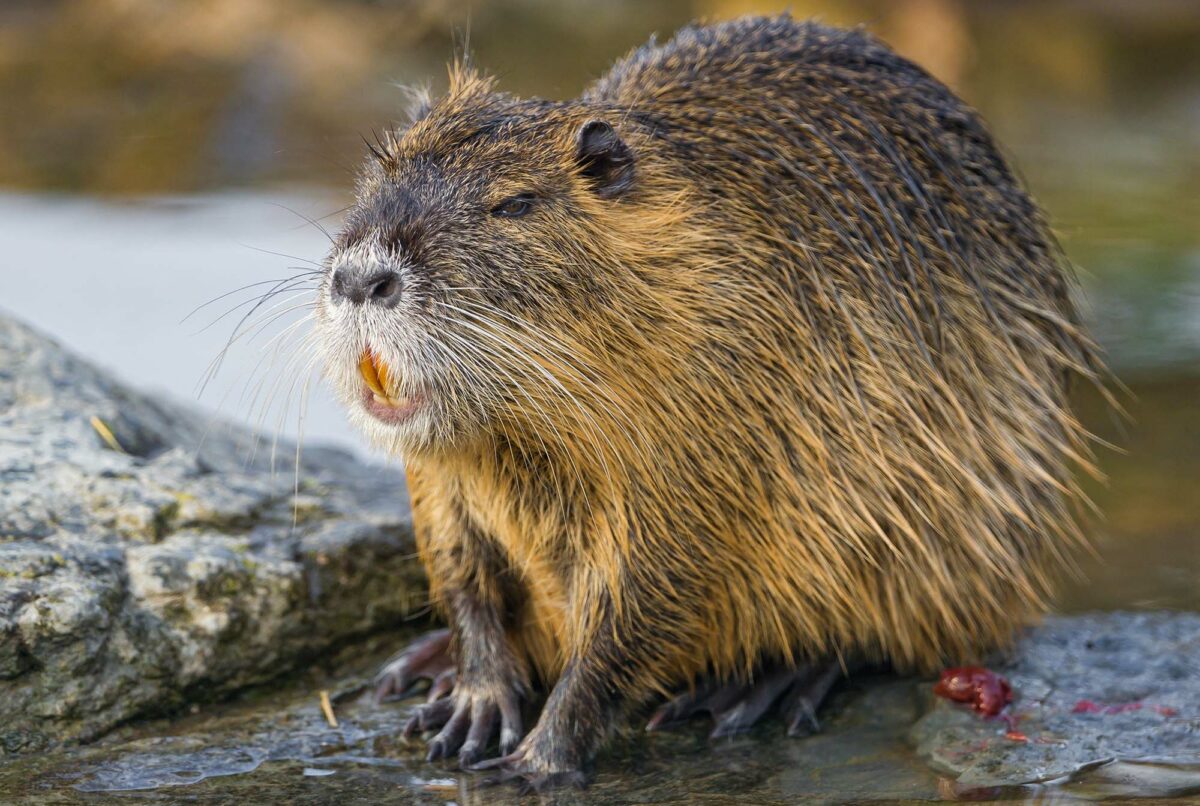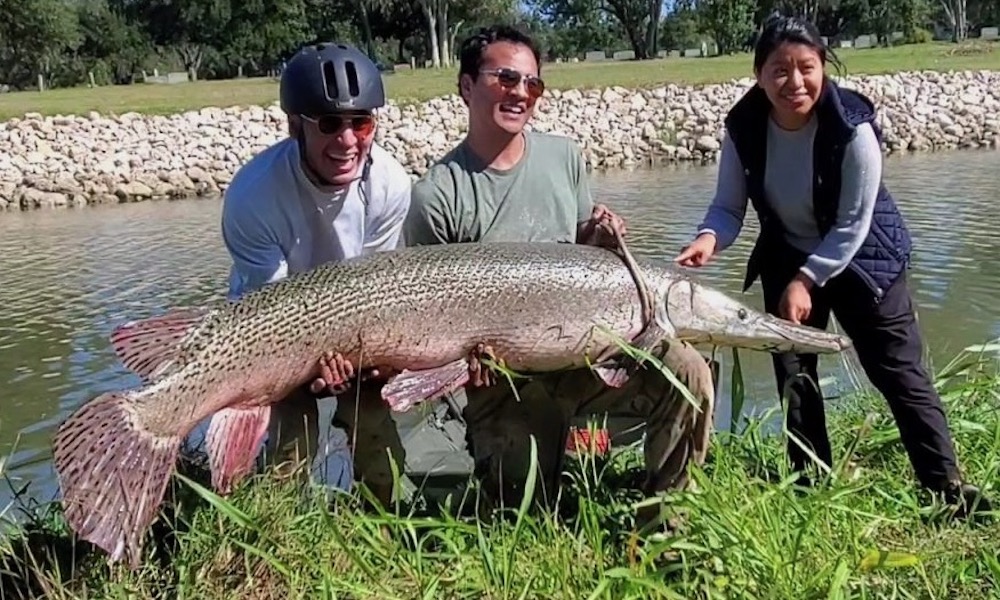The world is full of fascinating critters. While animals like fluffy cows (aka Highland cattle) show off how cute Earth’s creatures can be, species like the muntjac deer epitomize how eccentric living beings can get. Get curious about the planet’s diverse population with this list of weird animals.
Once you learn about these animals, don’t be surprised if you feel the urge to go see them in person. Adventurous animal lovers who live in the United States actually can find these creatures throughout the country. From nutrias to hellbenders, here are some of America’s weirdest animals and where you can find them.
Nutria
Weird animal facts: These invasive rats wreak havoc in wetlands. Nutrias use their massive teeth for grazing, and their feeding habits negatively impact biodiversity. Some people eat these critters or use their fur for clothing.
Where to find it: Gulf Coast states, California, the Pacific Northwest, and the Northeast. See a full map here.

Gila monster
Weird animal facts: Monsters are real. Or, at least, Gila monsters are. These venomous lizards prefer semiarid desert environments and can live at an elevation of up to 5,000 feet. While a Gila monster bite can be fatal to humans, the venom is sometimes used in diabetes medication.
Where to find it: Southern California, Nevada, New Mexico, Arizona, and Utah.

Alligator gar
Weird animal facts: Anglers can only dream of catching fish the size of an alligator gar. They can grow up to 10 feet long and weigh up to 350 pounds.
Where to find it: Parts of Texas, Oklahoma, Arkansas, and Florida.

Hellbender
Weird animal facts: The nocturnal hellbender might sound like a cool animal, but they’re also known by a less cool name, snot otter. These slimy critters can bite, but they’re not poisonous or a threat to humans.
Where to find it: From New York to Alabama and in parts of Missouri.

Jaguarundi
Weird animal facts: What is a jaguarundi? This shy and solitary animal is a medium-sized wild cat with a long tail. Oh, and they often cause problems for farmers by stealing and eating their chickens.
Where to find it: Though possibly extinct in the U.S., a jaguarundi population is reported to exist in the southernmost tip of Texas.









